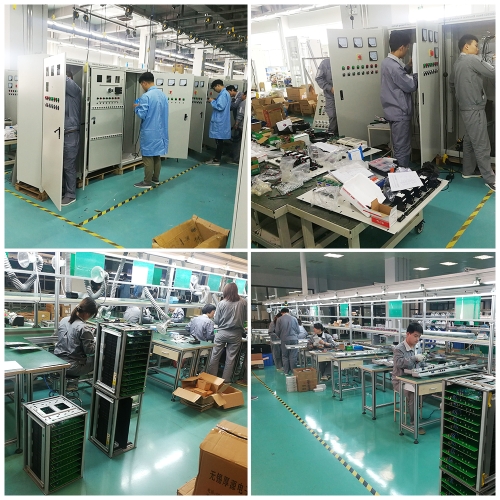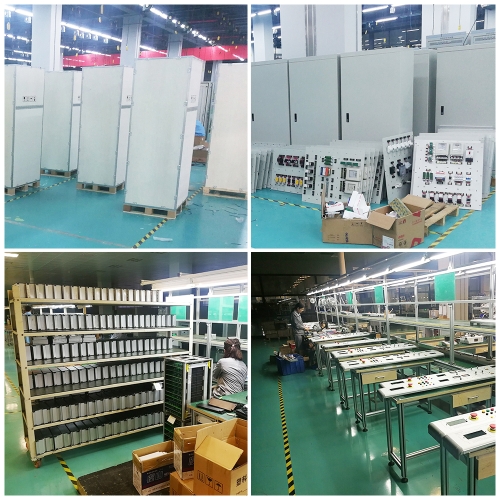SIM-TRI Automated Control Simulator Of An Industrial Refrigeration Plant Refrigeration Trainer Educational Equipment
This educational simulator is designed for the training in the sector of computer-aided control of industrial systems and it simulates the operation of an industrial refrigeration system with two cold rooms: one for frozen products and the other for fresh vegetable products.
TRAINING PROGRAM
Theoretical topics
• Studying on the psychrometric chart the air transformations at the evaporator at a cold room
• Analyzing the behaviour of a refrigeration system with a unique compressor/condenser set and double level of evaporation pressure
• How the difference between room temperature and evaporation temperature affects the relative humidity of a cold room for fresh food
Practical topics
• Analyzing the operation of an electronic expansion valve
• Analyzing the operation of an evaporation pressure regulator
• Proportional and ON/OFF control
• Testing ON/OFF or PI control logics
TECHNICAL SPECIFICATIONS
• Painted metallic framework

• Insulating material front panel representing the refrigeration system
• Web access controller, with remote LCD display, including:
- 10 universal inputs,
- 8 digital inputs,
- 4 analog outputs,
- 4 configurable outputs,
- 7 digital outputs
- PC connection via net cable
- Controller access via Web browser
• 3 potentiometers with 2-mm holes for simulating the analog
inputs
• 7 bargraph LEDs with 2-mm holes for simulating the analog
outputs

• 4 switches for simulating the digital inputs
• 6 LEDs for simulating the digital outputs
Power supply: 230 Vac 50 Hz single-phase - 200 VA (Other voltage and frequency on request)
Dimensions: 80 x 40 x 12 cm
Net weight: 18 kg
Supply with
THEORETICAL – EXPERIMENTAL HANDBOOK

